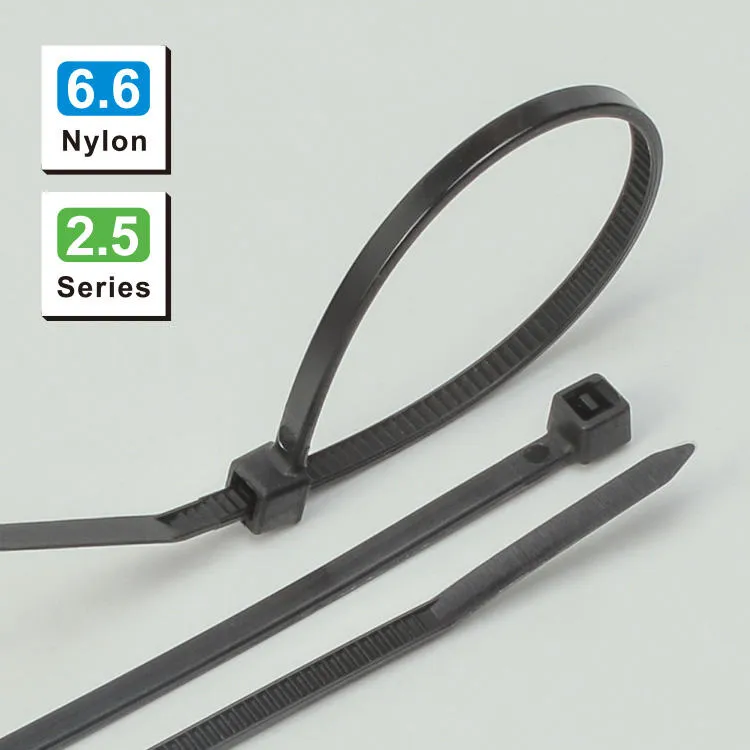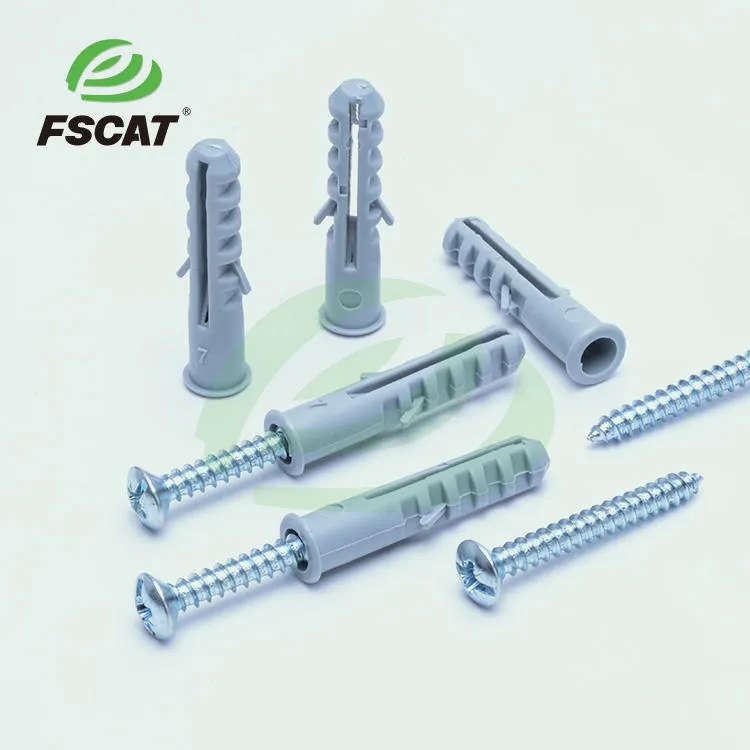What are the Applications of Wall Plugs?
What are the Features of Wall Plugs?
Plastic wall plugs material: PE (typically made by injection molding HDPE material. )
Screw: Countersunk self-tapping screws, round head self-tapping screws, large flat head self-tapping screws, hexagonal external and internal self-tapping screws, double-ended screws, etc.
Normal Fscat plastic anchor models as below:

We offer different package of wall plugs:

What are the application industries of wall plugs?
Expend plugs,also known are vital components used in a wide range of industries and fields.
These flexible connectors play a critical role in accommodating thermal expansion, vibration, movement, and misalignment in piping systems. Let's explore the diverse applications of expansion joints across different sectors.
1.Oil and Gas Industry
In the oil and gas industry, wall plugs joints are extensively employed for pipeline systems.
They allow for thermal expansion and contraction caused by temperature fluctuations in the pipelines. Expansion joints ensure the integrity and safety of the system while minimizing the risk of leakage or structural damage.
2.Home Decoration
Wall plugs can be used in hollow wall,ceiling,splint,sheet for fixing the wall.

3.Power Generation
Wall Plugs can be used in thermal power plants, nuclear facilities, and renewable energy installations heavily rely on expansion joints to absorb thermal movements and vibrations. They help compensate for the expansion and contraction of pipelines, ducts, and chimneys, ensuring efficient operation and reducing the possibility of equipment failure.
4.Chemical Processing
Wall plugs are found in various chemical processing units, including refineries, petrochemical plants, and pharmaceutical facilities. These joints accommodate the thermal stresses and vibrations generated by chemical reactions and processes, thus safeguarding the integrity of the piping systems and equipment.
5.Automotive Industry
Expand plugs are applied in automotive exhaust systems, which experience high temperatures and continuous vibrations. These joints help absorb the thermal expansion and vibrations, reducing stress on the system and improving overall performance.






